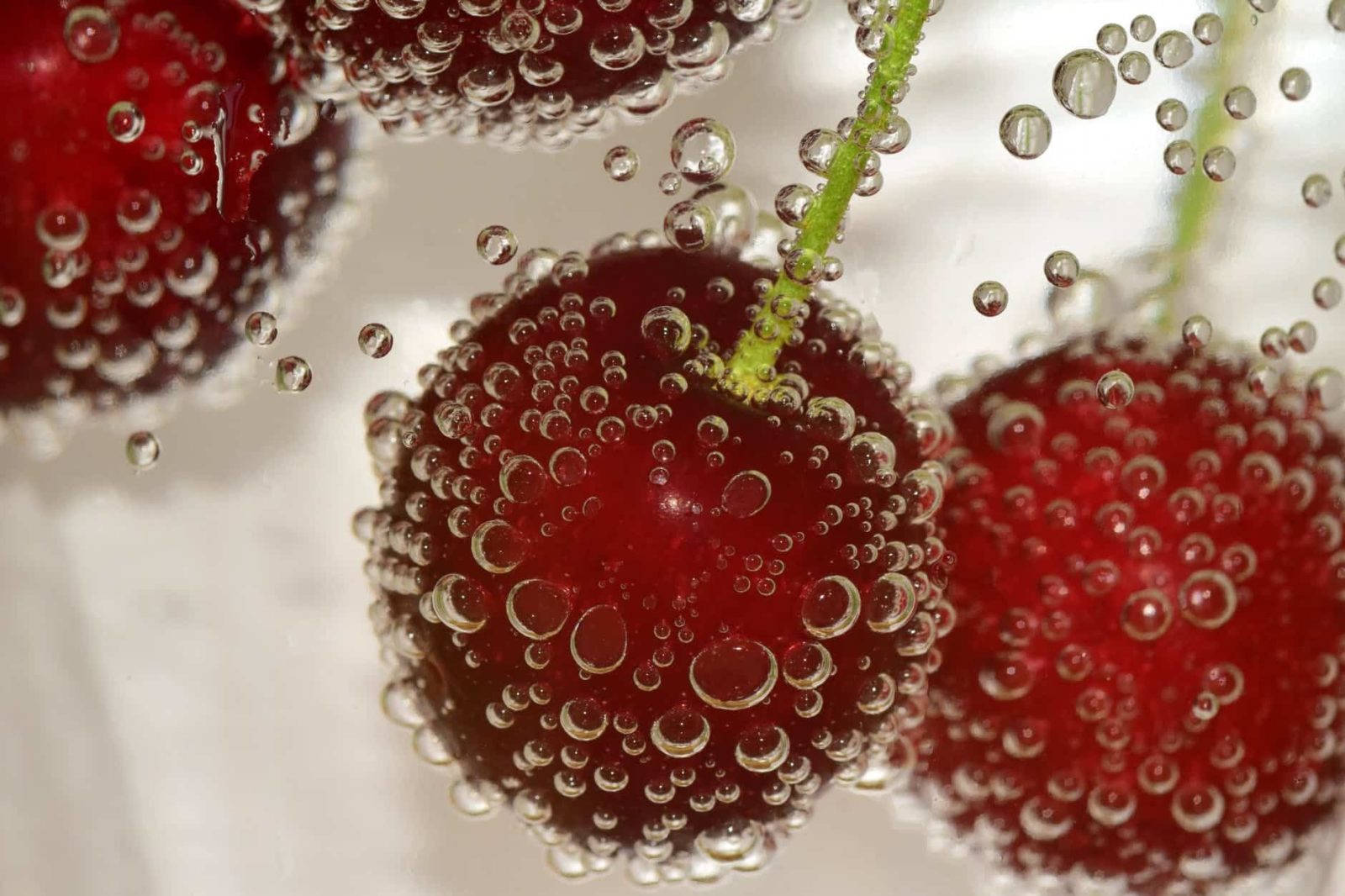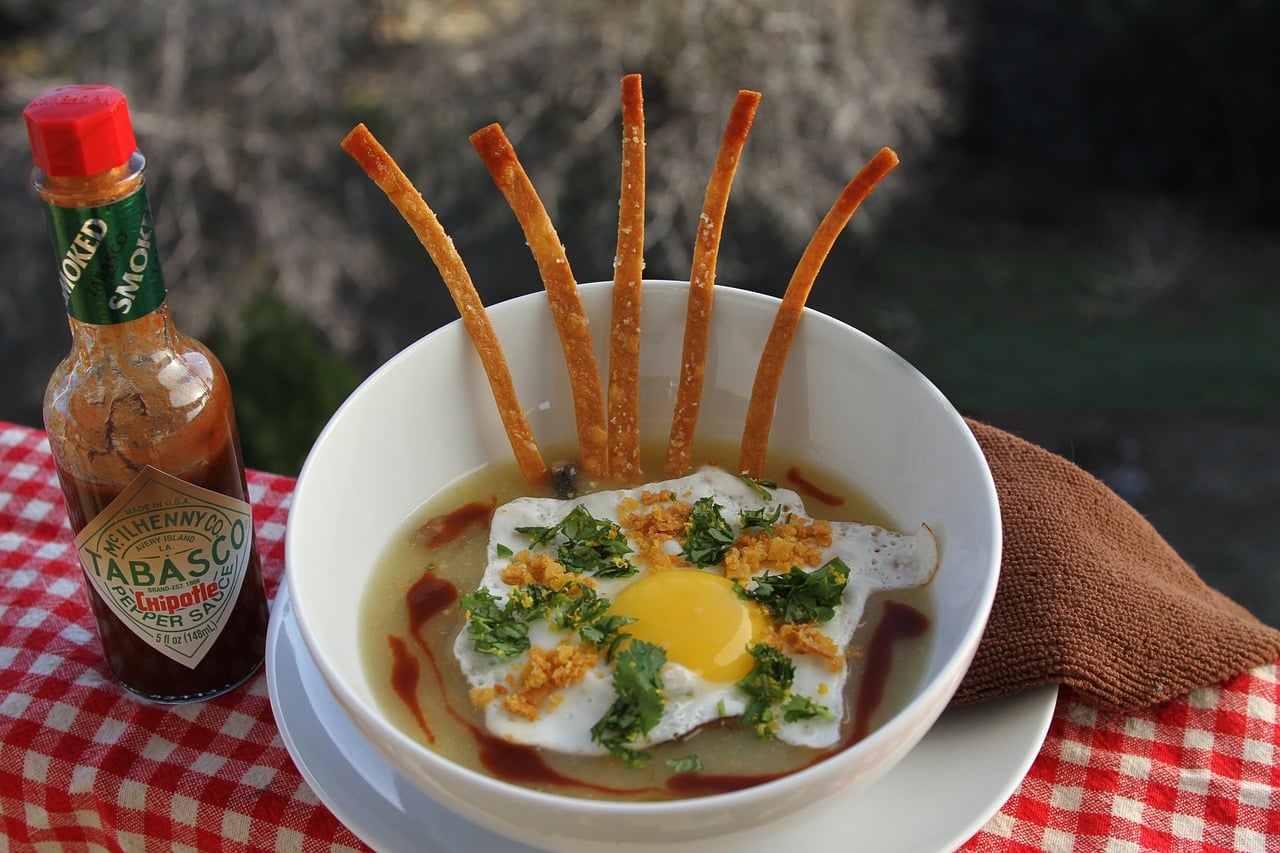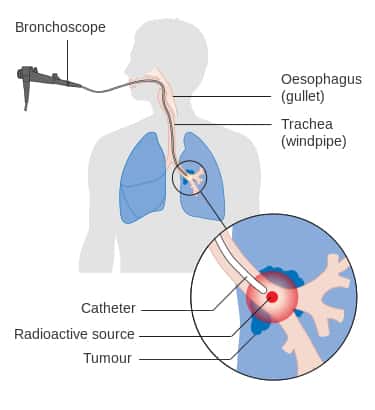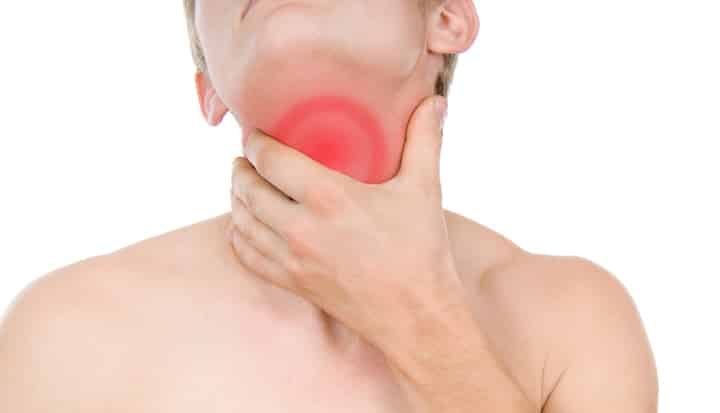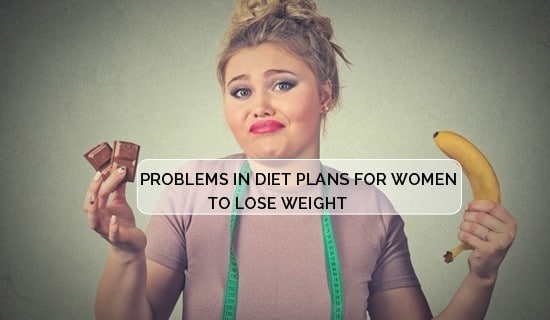What to eat or not eat with high blood pressure (Hypertension)

Hypertension, or hypertension, alludes to the weight of blood against your corridor dividers. After some time, hypertension can cause vein harm that prompts coronary illness, kidney infection, stroke, and different issues. Hypertension is at times called the noiseless executioner since it delivers no side effects and can go unnoticed — and untreated — for a considerable length of time. As indicated by the Centers for Disease Control and Prevention (CDC), an expected 75 million Americans have hypertension. Many hazard factors for hypertension are out of your control, for example, age, family history, sex, and race. Be that as it may, there are additionally factors you can control, for example, exercise and eating routine. An eating routine to get 110 over 60 blood pressure comprising of diet for high blood pressure that can enable control to circulatory strain is rich in potassium, magnesium, and fiber and lower in sodium.
What to eat high blood pressure?
- Leafy greens
Potassium helps your kidneys get rid of more sodium through your urine when eating with high blood pressure. This in turn lowers your blood pressure. Kale, Lettuce, Green Turnip, Spinach are one of the best leafy green vegetables to increase the amount of potassium in body. Canned vegetables often have added sodium. But frozen vegetables contain as many nutrients as fresh vegetables, and they are easier to store. You can also blend these veggies with bananas and nut milk for a healthy, sweet green juice.
- Berries
Berries, especially blueberries, are rich in natural compounds called flavonoids which makes it best amongst hypertension foods to eat. Blueberries, raspberries, and strawberries are easy to add to your diet for lowering the blood pressure. You can put them on your cereal or granola in the morning, or keep frozen berries on hand for a quick and healthy dessert.
- Beetroots
Beetroots are high in nitric oxide, which can help open your blood vessels and lower blood pressure. You can juice your own beets or simply cook and eat the whole root in salads. Beetroot is scrumptious when simmered or added to blend fries and stews. You can likewise heat them into chips. Be watchful when taking care of beets — the juice can recolor your hands and garments.
- Skim milk and yogurt
Skim milk is an excellent source of calcium and is low in fat. These are both important elements of a diet for lowering blood pressure. You can also opt for yogurt if you don’t like milk.
Try incorporating granola, almond slivers, and fruits into your yogurt for extra heart-healthy benefits. When buying yogurt, be sure to check for added sugar. The lower the sugar quantity per serving, the better is the diet for high blood pressure.
- Oatmeal
Cereal possesses all the necessary qualities for a high-fiber, low-fat, and low-sodium approach to bring down your circulatory strain. Having oats for breakfast is an incredible method to fuel up for the day.
Overnight oats are a prominent breakfast choice. To influence them, to drench 1/some moved oats and 1/some nut drain in a jug. Early in the day, blend and include berries, granola, and cinnamon to taste.
- Bananas
Eating nourishments that are rich in potassium is superior to taking supplements. Cut a banana into your oat or oats for a potassium-rich expansion. You can likewise take one to oblige a bubbled egg for a snappy breakfast or bite.
- Fish
Fish are an awesome wellspring of lean protein in terms of eating with high blood pressure. Greasy fish like mackerel and salmon are high in omega-3 unsaturated fats, which can bring down circulatory strain, diminish aggravation, and lower triglycerides. Notwithstanding these fish sources, trout contains vitamin D. Nourishments infrequently contain vitamin D, and this hormone-like vitamin has properties that can bring down circulatory strain.
One advantage of getting ready fish is that it’s anything but difficult to flavor and cook. To attempt it, put a filet of salmon in material paper and season with herbs, lemon, and olive oil. Heat the fish in a preheated stove at 450°F for 12-15 minutes.
- Seeds
Unsalted seeds are high in potassium, magnesium, and different minerals known to lessen circulatory strain. Appreciate ¼ measure of sunflower, pumpkin, or squash seeds as a nibble between suppers.
- Garlic and herbs
One audit takes note of that garlic can help diminish hypertension by expanding the measure of nitric oxide in the body. Nitric oxide advances vasodilation, or the augmenting of supply routes, to diminish circulatory strain.
Fusing tasty herbs and flavors into your everyday eating regimen can likewise enable you to curtail your salt admission. Cases of herbs and flavors you can include incorporate basil, cinnamon, thyme, rosemary, and that’s only the tip of the iceberg.
- Pistachios
Pistachios are a solid method to diminish circulatory strain by decreasing fringe vascular protection, or vein fixing, and heart rate. One investigation found that an eating regimen with one serving of pistachios daily lessens pulse.
You can fuse pistachios into your eating routine by adding them to outsides, pesto sauces, and plates of mixed greens, or by eating them plain as a bite.
- Olive oil
Olive oil is a case of a sound fat. It contains polyphenols, which are irritation battling aggravates that can help diminish pulse.
Olive oil can enable you to meet you a few day by day servings of fat which makes it considerable among other hypertension foods to eat. It’s additionally an awesome contrasting option to canola oil, spread, or business serving of mixed greens dressing.
- Pomegranates
Pomegranates are a sound natural product that you can appreciate crude or as a juice. One investigation presumed that drinking some pomegranate squeeze once every day for a month enables lower to pulse over the here and now.
Pomegranate juice is wonderful with a solid breakfast. Make sure to check the sugar content in locally acquired juices, as the additional sugars can discredit the medical advantages.
What not to eat in high blood pressure?
1. Sodium and Salt
When in doubt, sodium admission is prescribed to under 2,300 milligrams for every day. If it exceeds then it becomes one of the food to avoid in high blood pressure. On the Nutrition Facts mark, take a gander at the Percent Daily Value (%DV) – 5% DV or less of sodium per serving is low while 20% DV is viewed as high. Breaking point the salt shaker and these high sodium sustenances that expansion circulatory strain:
2. Canned Beans
Canned beans can be stacked with sodium for conservation purposes. In the case of buying canned beans, flushing the beans with a colander and water can help wash away a large portion of the salt.
3. Premade Soups
Regardless of the advancement of nutritious veggies, soups can be stacked with salt and sodium. Furthermore, not at all like canned beans, soups can’t be flushed to decrease salt substance. While picking soups, endeavor to discover “low in sodium” or “diminished salt” items or exploit the sustenance certainties name.
4. Canned or Bottled Tomato Products
Tomato sauces, glues and ketchups are frequently stacked with salt. Make your own items with new or washed, canned tomatoes for fixing and salt control.
5. Processed Meats
Prepackaged meats, including breakfast wieners and sausage, have a tendency to be stacked with sodium. Notwithstanding the doubt that store meats, for example, turkey, might be a lean protein source, included salt is normal. Dodge the concealed sodium by obtaining specifically from the butcher as opposed to in the food merchant refrigerated area.
6. Solidified Meals
Dinners found in the cooler area – pizzas, chicken fingers and individual solidified courses – are stacked with undesirable fixings, as well as loaded with sodium. Indeed, even the publicized “sound” suppers have a tendency to contain high measures of sodium.
7. Sugar
This is the main food to avoid in high blood pressure. Sugar is found in a wide-assortment of sustenances, either normally or misleadingly included. It is basic to lessen items stacked with included sugars, as they basically offer just calories and add to weight pick up – overweight and hefty people have an expanded danger of growing hypertension. The American Heart Association (AHA) prescribes a greatest included sugar admission of 37.5 grams (or 9 teaspoons) for men and 25 grams (6 teaspoons) every day. Included sugars are regularly found in:
– Confection basically offers simply calories and sugar while spiking sugar levels. Avoid sugary suckers and pieces of candy and select normally sweetened natural products rich in fiber and potassium, a basic supplement that has demonstrated a deterrent part in hypertension.
– Sodas supply simply sugar and calories the way sweet does. One can (or 12 liquid ounces) of pop by and large contains more than 9 teaspoons of sugar, or 39 add up to grams.
– Doughnuts, cakes and treats are stacked with sugar alongside fat. The mix may add to weight pick up in unreasonable sums. Decrease the utilization of these items and hold segment and serving sizes under tight restraints.
8. Sauces
Sauces and toppings can be a one-two punch with regards to its creation of both salt and sugar – ketchup is a famous fixing for providing high measures of both. Season items with crisp herbs or make certain to keep sums in little segments if utilizing plunges or sauces.
130 over 90 blood pressure:
Ifthe top number(systolic pressure) is 130 and the bottom number (diastolic pressure) is 90, it shows that your blood pressure is a littleexceeding average. Specifically, 130 over 90 blood pressure means that you have pre-hypertension.
110 over 60 blood pressure:
Blood pressure 110, 60 reading is generally considered safe. It’s lower than the suggested 120 over 80, so you’re well. Keep in mind that if your systolic pressure goes below 90, or if diastolic pressure goes below 60, it could mean low blood pressure (hypotension).
BP 90 over 50:
90/60 typicallylabels low blood pressure, or what’s called hypotension, meaning the pressure in your arteries is at the lower end of what’s reflected normal. Some people with blood pressure are may be prone to weakness or fainting, but many people feel just fine.
If you are having BP 90 over 50 or if you are feelingill, call your doctor for advice, especially if the low blood pressure is unusual for you.
Normal BP range:
Normal blood pressure is vital to life. Without the pressure that militaries our blood to run around the circulatory system, no nutrients or oxygen would be transported through our arteries to the organs and tissues.
An optimal blood pressure level is a reading under 120/80 mmHg. Readings over 120/80mmHg and up to 139/89mmHg are in the normal to high range. Your doctor will advise what your ideal blood pressure should be based on your circumstances.
How to maintain normal blood pressure?
To maintain a healthy blood pressure, keep the following healthy-living practices in mind:
- Eat healthy foods from all of the five food groups:fruits, vegetables, breads, dairy products, meat and fish. Eating healthy foods may help you feel better and have more energy. Ask your doctor if you need to be on a special diet.
- Drink 6 to 8 cups of liquid each day: Follow your doctor’s advice if you must change the amount of liquid you drink. Good liquids to drink are water, juices and milk. Limit the amount of caffeine you drink, such as coffee, tea and soda.
- Talk to your doctor before you start exercising: Together you can plan the best exercise program for you. It is best to start slowly and do more as you get stronger. Exercising lowers blood pressure,makes the heart sturdier and keeps you healthy.
- You should never too late to quit smoking, if you smoke: Smoking harms the heart, lungs and the blood. You are more likely to have a heart attack, lung disease and cancer if you smoke. You will help yourself and those around you by quitting smoking. Ask your doctor for more facts on how to stop smoking, if you are having trouble in quitting.
- Stress may slow healing and cause illness later: Since it is hard to avoid stress, learn to control it. Learn new ways to relax (deep breathing, relaxing muscles, meditation or biofeedback). Talk to your doctor about things that upset you.


